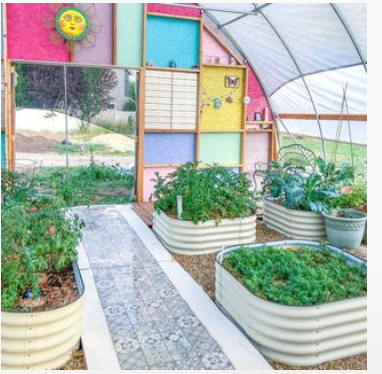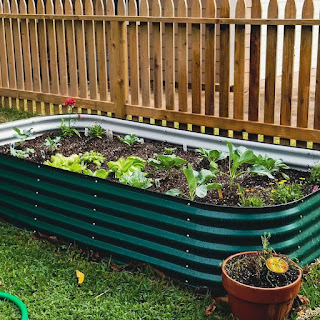Earth-Friendly Raised Garden Beds With The Help Of Raised Bed Soil, You May Create An Environmentall
Eco-friendly raised garden beds are the recent ticket item for this year's spring planting season. Raised garden beds and planters are multi-functional and may be used for planting flower beds, vegetable gardens or shrubbery, landscape edging, playground borders and splinter-free sandboxes for teenagers.
These modular raised garden beds are often stacked on top of every other to regulate the peak as your garden blooms. Typically, presented beds are sold in 6" high increments and may be purchased in heights of 6", 12", and 24". The width of raised beds should be limited to 2' or 4' widths so that they will be easy to take care of without having to climb into beds.
The best-elevated garden beds appear as a real wood grain but are earth-friendly recycled, composite plastic timbers. They're durable and long-lasting, non-toxic (like arsenic-containing, pressure-treated lumber), termite-free, and don't rot, warp, splinter, or lose their wood grain finish like traditional timber. We need to use the best soil for raised beds because it is Eco - friendly and does not harm our earth.
There is a mess of advantages to raised planters or raised garden beds, including:
- Provides a gorgeous frame for your garden
- Longer lengths could also be used as landscape edging or playground borders
- Are often used as a, or sandboxes
- Improves drainage
- Adjusts tall, size & shape to accommodate plant growth
- Mower and edger proof plant and flower beds
- Easy to put in
When purchasing elevated or raised beds and planters, confirm they're made of eco-friendly recycled materials such as raised bed soil should be of good quality. After constructing your raised garden bed, and securing it into place, place a liner made up of gardening plastic or weed mat within the bottom of the bed; this greatly reduces the expansion of weeds.
Next, fill the liner 1/3 full with nutrient-rich compost (from your compost bin, we'll mention this later), then fill the remainder with potting soil (store-bought or from another area of your landscape) and a few dry organics. Finally, you're able to create your garden by sowing seeds or planting flowers, vegetables, and plants start.
Lastly, water your raised bed and do not forget to water these beds frequently since there are above ground and don't retain water.
If you're using the raised garden bed for a sandbox, it's best to put a gardening plastic liner within the bottom before filling it with sand.
Follow Us:-


Comments
Post a Comment